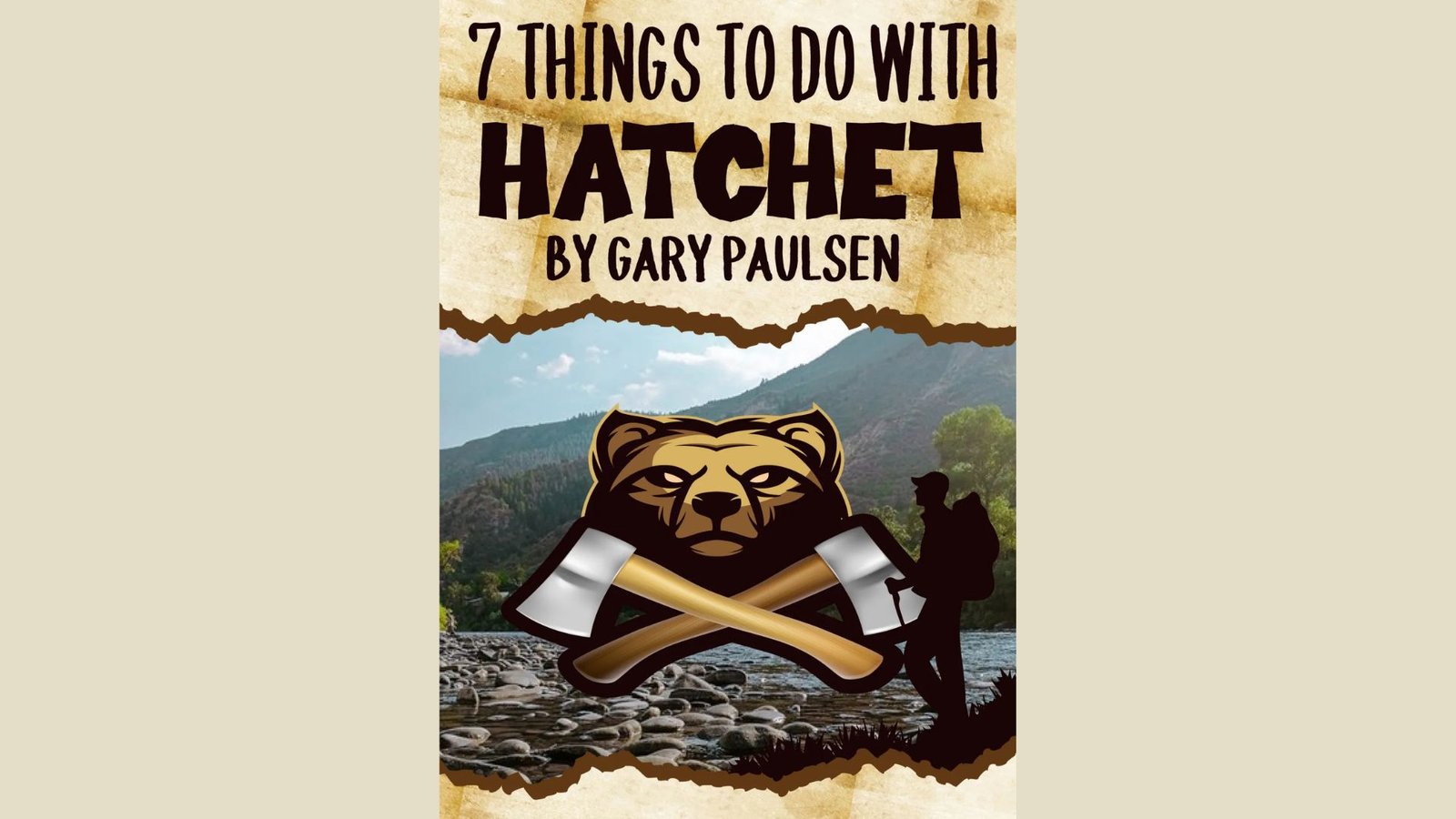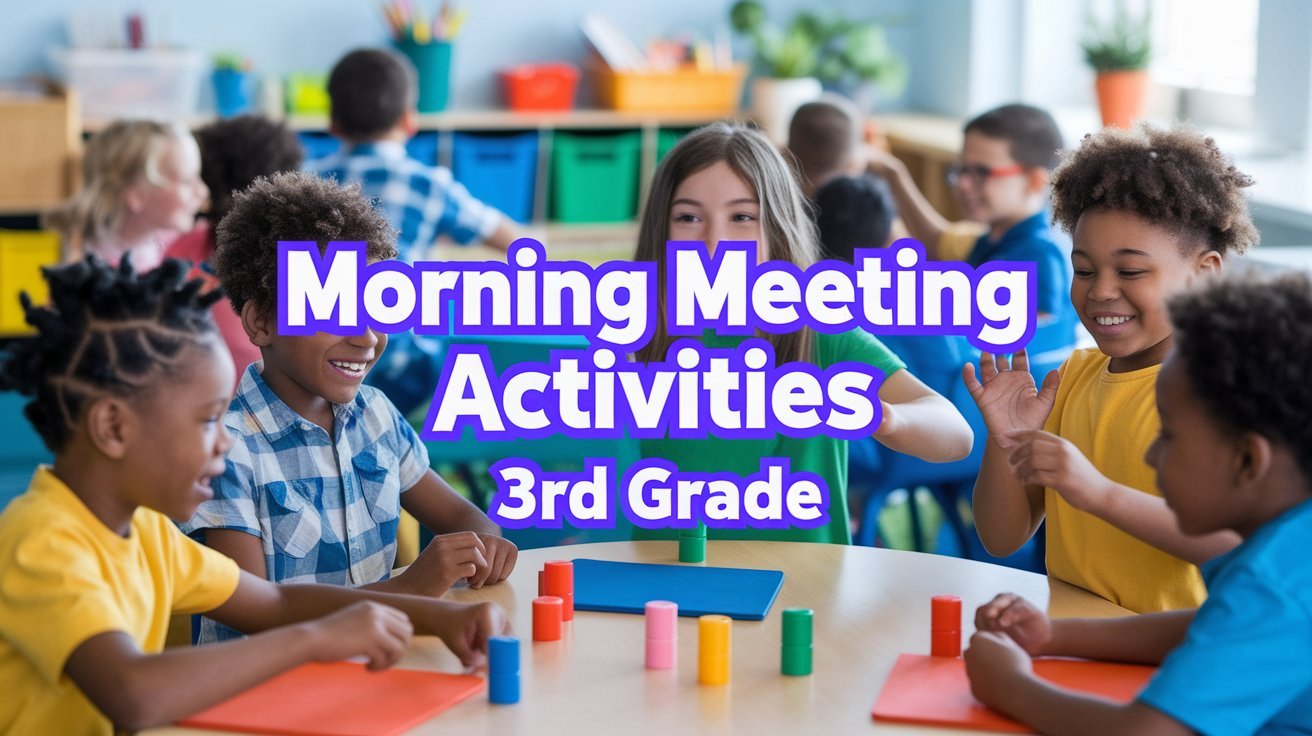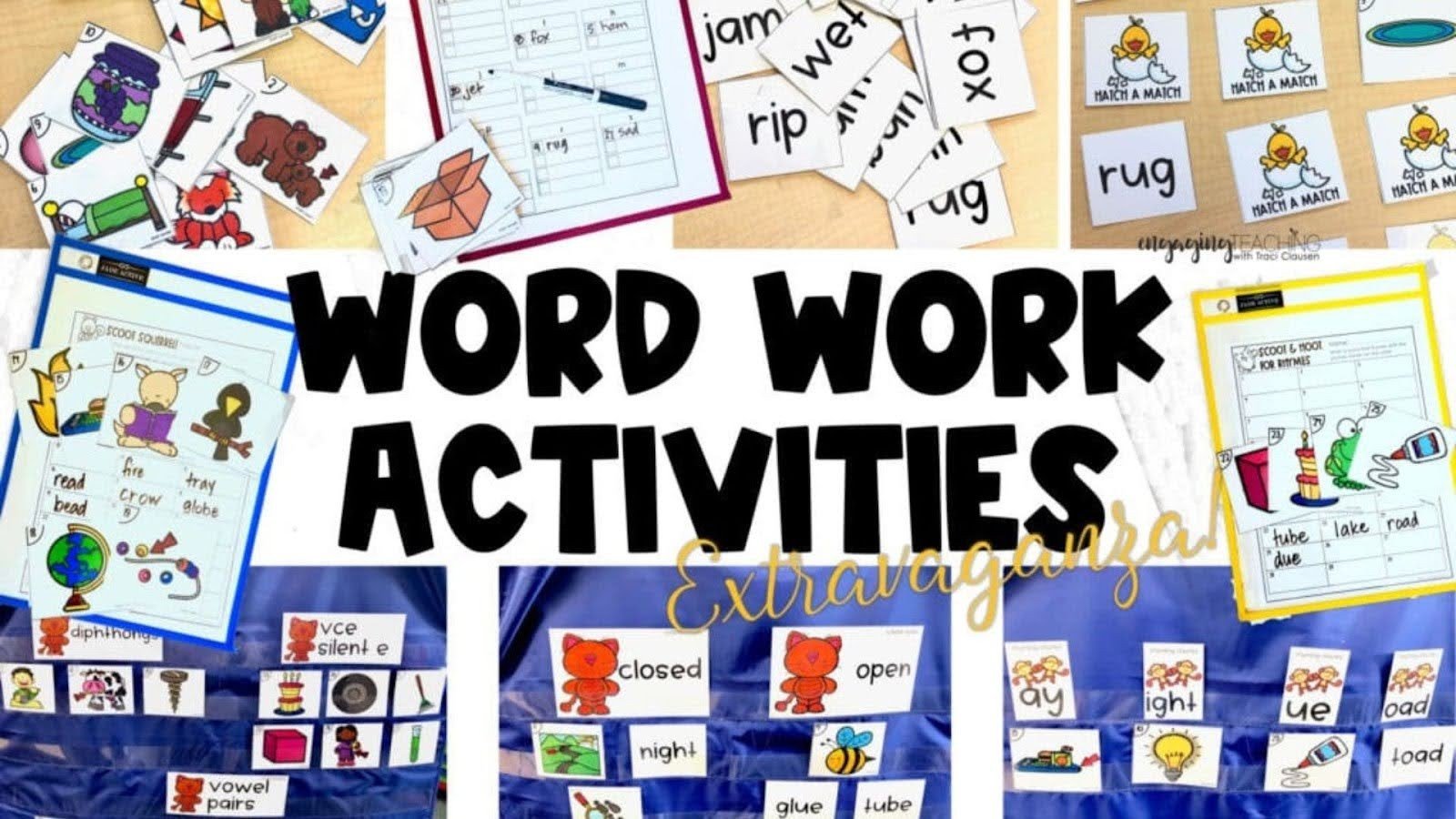Want to make Gary Paulsen’s “Hatchet” come alive in your classroom? This survival story grabs students from page one, following 13-year-old Brian Robeson as he fights to stay alive in the Canadian wilderness after a plane crash.
Teachers pick “Hatchet” for good reasons. It speaks to middle schoolers who are figuring out their own strength and independence. The book teaches resilience without feeling preachy.
This guide shares seven practical hatchet activities that go beyond basic worksheets. These hands-on projects help students connect with Brian’s story while building critical thinking skills. From survival backpack projects to news broadcasts, you’ll find activities that work for different learning styles. Let’s make this novel study one your students will remember.
Understanding Hatchet and Gary Paulsen
Before jumping into activities, let’s understand what makes this book special and why Gary Paulsen wrote it the way he did.
About the Novel
Brian Robeson boards a small plane to visit his father in Canada’s oil fields. When the pilot has a heart attack, Brian crashes in the remote wilderness with nothing but a hatchet his mother gave him. The next 54 days test everything he thought he knew about himself.
The story shows Brian changing from a scared city kid into someone who can make fire, find food, and face down a moose. Paulsen doesn’t make survival look easy or romantic. Brian makes mistakes, gets frustrated, and sometimes just wants to give up.
Middle school students see themselves in Brian. They’re also learning to solve problems without adults fixing everything. The book asks real questions: How do you keep going when everything goes wrong? What matters when you strip away phones, friends, and comfort?
Gary Paulsen’s Background
Gary Paulsen lived the experiences he wrote about. He ran away from a troubled home as a teenager and learned to survive in the Minnesota woods. He worked as everything from a farm hand to a sailor before becoming a writer.
Paulsen ran the Iditarod dog sled race twice across Alaska. He spent months alone in the wilderness, making the same mistakes Brian makes in the book. When he writes about starting a fire or catching fish with bare hands, he’s writing from real experience.
“Hatchet” launched the Brian’s Saga series, including “The River,” “Brian’s Winter,” and “Brian’s Return.” Paulsen wrote over 200 books before he died in 2021, but “Hatchet” remains his most famous work. His own survival stories gave the book its honest, gritty feel that students trust.
Engaging Hatchet Activities
These hatchet activities turn reading into active learning that sticks with students long after they finish the book.
Character Transformation Analysis
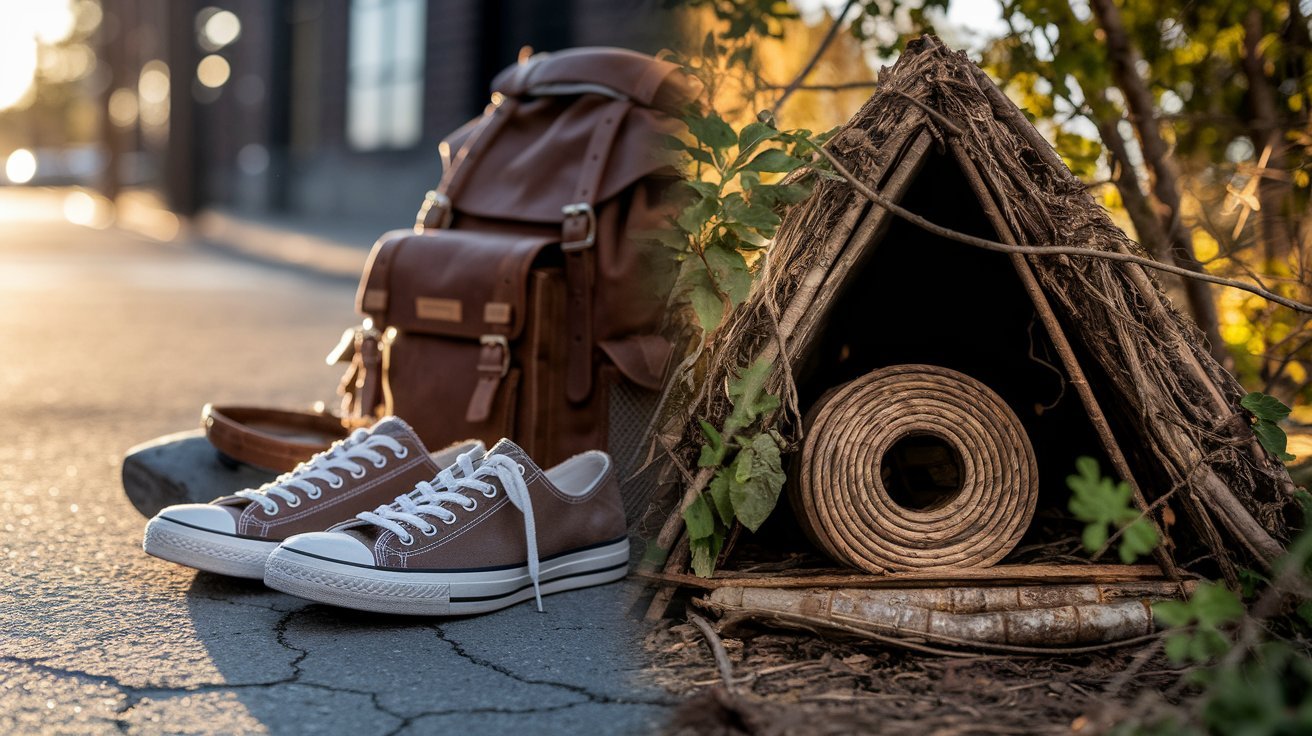
Start by comparing “Urban Brian” to “Wilderness Brian” using a two-column chart. Students list his traits, behaviors, and mindset at the book’s beginning and end. This visual comparison shows growth that students might miss while reading.
Push deeper with inner versus outer changes. Yes, Brian gets physically stronger and tanned, but what about his patience, problem-solving, and self-reliance? Have students draw or describe Brian at both stages, adding thought bubbles showing his internal dialogue.
Discussion prompts bring this activity home: “When did Brian change from reacting to planning?” “What mistakes taught him the most?” “How would you handle being alone that long?” Students often share their own moments of growth, making Brian’s story personal.
Setting as Character Study
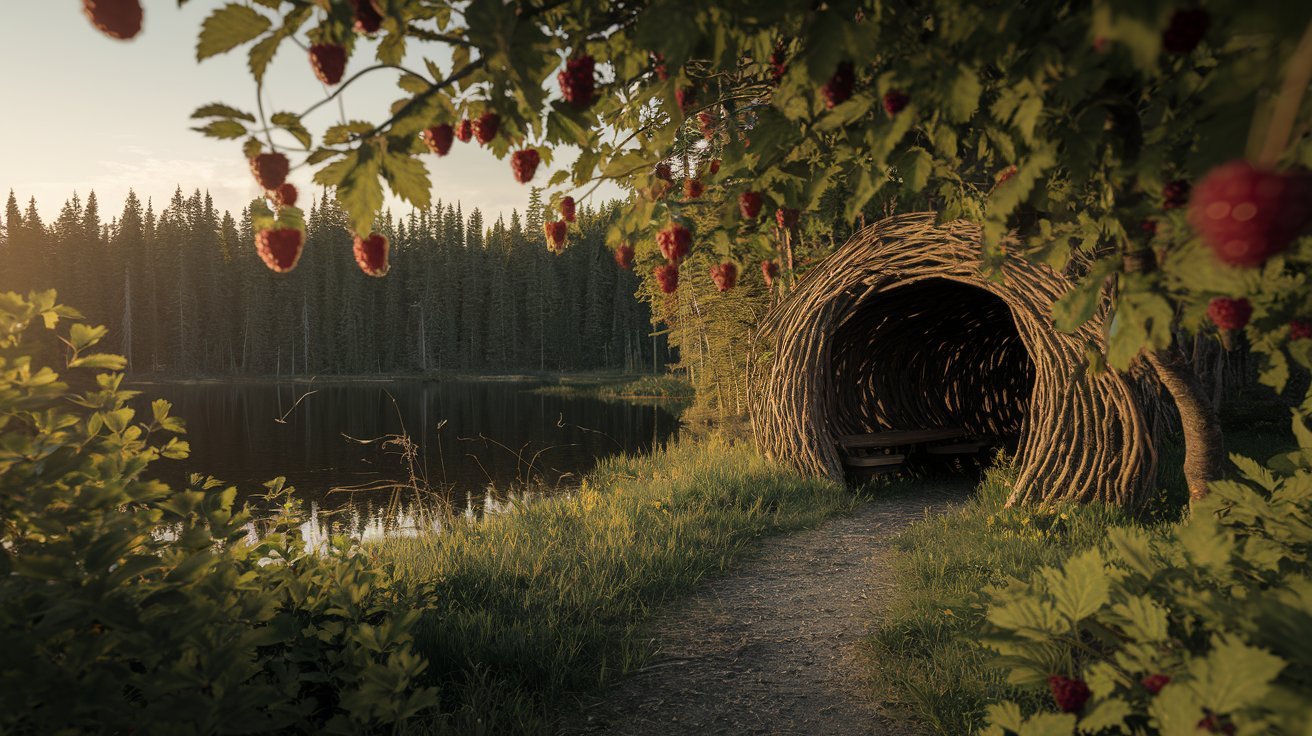
The Canadian wilderness isn’t just a backdrop; it’s almost another character in “Hatchet.” Ask students: Would this story work in Arizona’s desert or Florida’s swamps? This thought experiment helps them see how Paulsen uses cold, mosquitoes, and dense forest as both obstacles and teachers.
Have students map Brian’s survival spot using clues from the book. Where’s the lake? The raspberry patch? The shelter? This geography lesson doubles as close reading practice. Students debate details they remember differently, then search the text for proof.
Setting drives every conflict Brian faces. No lake means no fish. No fire means freezing nights. Different weather means different problems. Students start seeing how authors use setting to create tension and solutions without forcing the plot.
Outdoor Reading Experience
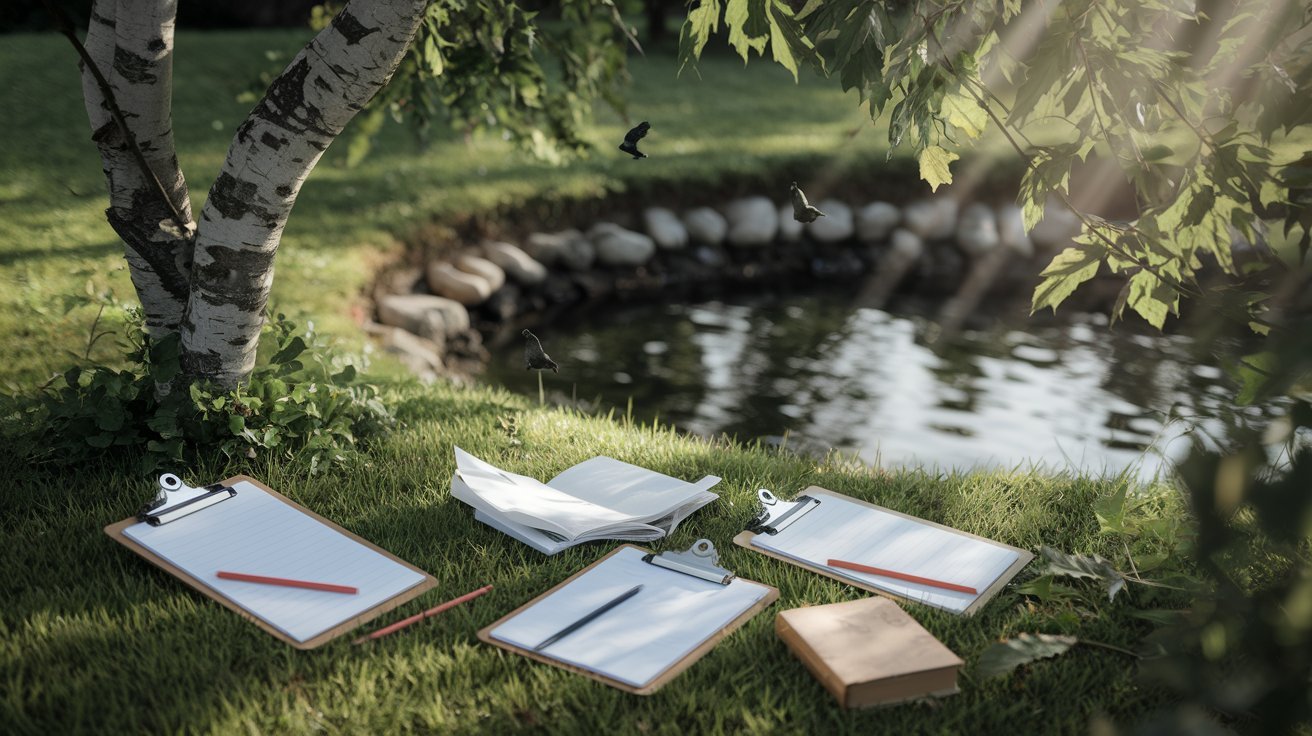
Take your class outside for a chapter or two. Find a spot under trees or near water if possible. This simple change helps students feel what Brian experiences: wind, bird sounds, temperature changes, and bugs. Reading about wilderness while sitting in it creates powerful connections.
Prepare students before heading out. Bring clipboards, bug spray, and a backup indoor plan. Set clear behavior expectations. Some teachers assign “observation journals” where students note five things they hear, see, or smell while reading outdoors.
After returning inside, students discuss how being outside changed their reading. Did descriptions feel different? Did they notice details they’d skipped before? This activity works especially well during chapters where Brian first learns to notice his surroundings and survive.
Survival Backpack Project
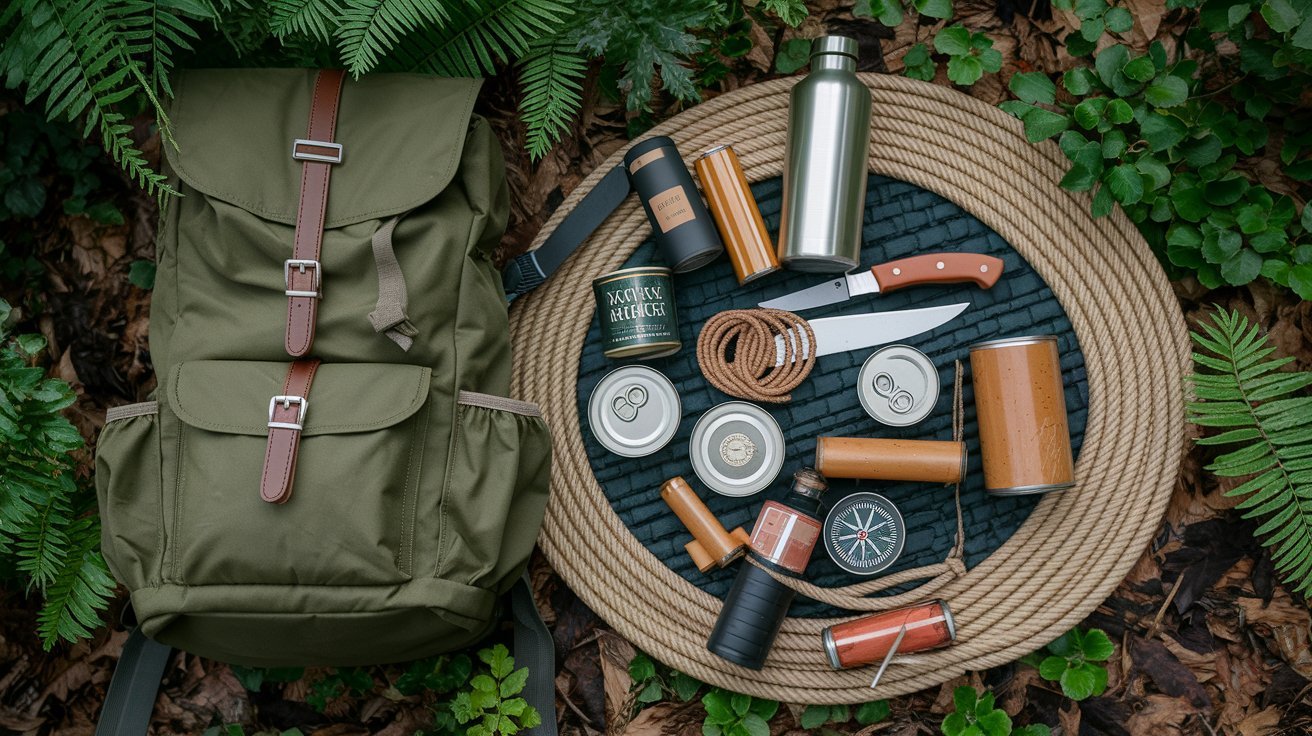
This culminating project asks: If you could only pack ten items for wilderness survival, what would you choose? Students must research, think critically, and defend their choices. It combines everything they learned from Brian’s experience.
Give students a weight limit and rules (no phones, no GPS). They select items, write explanations for each choice, and create a visual display of their backpack. Some teachers have students actually fill a real backpack to check if their items fit realistically.
Presentations turn this into a learning celebration. Students explain their thinking: “I chose a metal water bottle because Brian needed clean water and a metal can can boil water over a fire.” Classmates question choices, creating respectful debate. A rubric evaluates research quality, creativity, and practical thinking.
Real-Life Survival Research
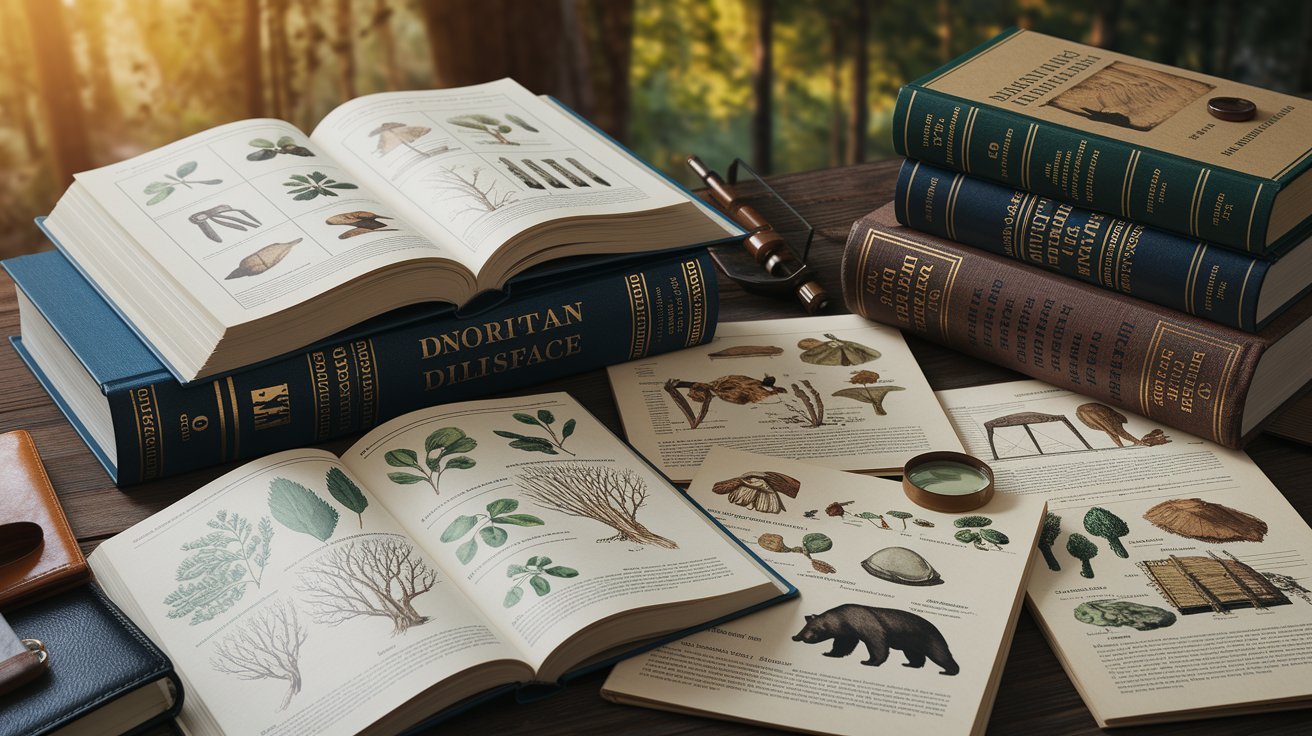
Pair Brian’s fictional story with real information about wilderness survival. Students research topics that matter in “Hatchet”—black bears, snapping turtles, edible plants, making fire, and building shelters. This connects fiction to science and builds research skills.
Teach text features using nonfiction articles and books. Students find headings, captions, diagrams, and bold vocabulary. They compare how fiction and nonfiction texts teach differently. Which is more engaging? Which gives better facts? Both have value.
Share real survival stories alongside “Hatchet.” Read about people who survived plane crashes or got lost in the wilderness. Students compare these real experiences to Brian’s fictional one. What did Paulsen get right? What did he simplify for the story? These hatchet activities build critical thinking about fiction versus reality.
Breaking News Report

Students become TV reporters covering Brian’s rescue as “breaking news.” Working in groups, they write scripts, assign roles (anchors, field reporters, witnesses), and perform their broadcast. This activity practices writing, speaking, and collaboration.
The project requires perspective-taking. How would Brian’s mother react in an interview? What would rescue pilots say? What questions would reporters ask? Students must understand characters deeply to speak as them believably. Some teachers even let students film these broadcasts.
This performance-based activity reaches students who struggle with traditional essays. They’re still analyzing the text and writing, but in a format that feels fresh. Plus, watching classmates perform keeps everyone engaged. Add props, costumes, or green screen backgrounds to increase excitement.
Conflict Analysis

“Hatchet” contains all five types of literary conflict, making it perfect for teaching this concept. Students identify examples of Person vs. Nature, Person vs. Self, Person vs. Person (the secret), Person vs. Society (divorce), and even Person vs. Technology (the plane).
Create a chart or graphic organizer for each conflict type. Students find specific scenes, explain how Brian responds, and connect conflicts to themes like survival, maturity, or resilience. This moves beyond plot summary into real literary analysis.
Many teachers use Google Slides to make this interactive. Students drag examples into categories, add images, and share their analysis digitally. Free templates exist specifically for teaching “Hatchet,” saving you prep time. These hatchet activities build skills students need for more complex literature later.
Additional Teaching Strategies
Expand your “Hatchet” unit by connecting it to other subjects and meeting different student needs.
Cross-Curricular Connections
STEM teachers can partner with you on survival science. Students test fire-starting methods, research water purification, or study which materials insulate best. Math comes in when calculating distances, estimating food calories, or measuring shelter dimensions Brian might need.
Try poetry inspired by the novel. Students write haikus about nature, free verse from Brian’s perspective, or concrete poems shaped like hatchets or fire. Poetry helps students who love language express what they learned emotionally, not just analytically.
Geography and history blend naturally with “Hatchet.” Study Canadian wilderness regions, compare modern survival gear to historical tools, or research how indigenous peoples survived in similar environments. These connections show students that books open doors to learning everywhere.
Differentiation Ideas
Support struggling readers with audio book options, reading buddies, or shorter chapter goals. Provide vocabulary lists ahead of chapters. Use graphic novels or illustrated guides about wilderness survival as entry points. Focus these students on the main events rather than the subtle details.
Challenge advanced students with extension questions: “How would the story differ if Brian were older or younger?” “Write an alternate ending where rescue comes sooner.” “Compare Brian’s growth to another survival protagonist.” Let them read ahead or explore Brian’s Saga sequel novels.
Visual learners benefit from drawing activities, timelines, and maps. Kinesthetic learners need the hands-on projects—building model shelters, practicing fire-starting techniques (safely!), or acting out scenes. Offering multiple activity types ensures every student finds their way into the story.
Resources and Materials
The right resources make teaching “Hatchet” easier and more effective for your students.
Important Teaching Tools
A complete novel study unit saves hours of planning. Look for units with 12 or more activities covering different skills, comprehension, analysis, vocabulary, and creativity. Digital worksheets work great for students using devices, while printable versions serve classrooms without technology.
Assessment rubrics take the guesswork out of grading projects. Clear rubrics also help students understand expectations before starting work. Include categories for content knowledge, creativity, effort, and presentation skills. Many free rubrics exist online, designed specifically for “Hatchet” projects.
Templates for character maps, conflict charts, and setting descriptions provide structure for students who need it. These tools support learning without limiting creativity. Students spend time thinking about content instead of worrying about formatting their work.
Recommended Pairings
Gary Paulsen wrote several Brian books worth adding to your classroom library. “Brian’s Winter” imagines what would happen if rescue never came before winter. “The River” sends Brian back to the wilderness with a government psychologist. Advanced readers enjoy these deeper looks at Brian’s character.
Pair “Hatchet” with other survival stories for comparison. “My Side of the Mountain” by Jean Craighead George or “Julie of the Wolves” also feature kids surviving alone. Nonfiction books like “Survive!: Essential Skills and Tactics to Get You Out of Anywhere” add practical information.
Documentary clips about wilderness survival, Canadian forests, or bush pilots make great pre-reading hooks or unit supplements. YouTube offers safe, educational content about making fire, building shelters, and surviving animal encounters. Always preview videos to ensure they’re age-appropriate and accurate.
Implementation Tips
Smart planning helps you balance all these activities with actual reading time and keeps students focused throughout the unit.
- Plan your entire unit before starting. A typical “Hatchet” study takes 3-4 weeks. Schedule reading days, activity days, and assessment days. Build in flexibility for when discussions run long or projects need extra time.
- Alternate between individual, partner, and group work. Follow a quiet reading day with an active project day. This variety prevents boredom and behavior issues while meeting different learning preferences.
- Even middle schoolers benefit from hearing text read aloud. You model good reading, build comprehension, and create shared experiences. Save exciting chapters for read-aloud time to build anticipation.
- Small group discussions let more students talk than whole-class conversations. Assign roles like discussion leader, note-taker, and questioner. Rotate groups so students work with different classmates throughout the unit.
- Don’t wait until the end to assess understanding. Quick checks like exit tickets, reading journals, or mini-quizzes help you catch confusion early. Adjust your teaching based on what students show they know.
- Ask students to share their own challenges and growth moments. Let them bring in items from home that helped them through hard times (like Brian’s hatchet). Personal connections make literature meaningful.
- Let students choose which survival item to research or which conflict type to analyze deeply. Choice increases engagement and lets students follow their interests within your learning goals.
- After each activity, have students write or discuss what they learned. Not just about “Hatchet,” but about themselves as learners. Reflection deepens understanding and builds metacognitive skills.
- Display survival backpack projects in hallways. Perform news broadcasts for other classes. Share poetry in a class anthology. Recognition motivates students and shows that their work matters beyond a grade.
Conclusion
These seven hatchet activities can create active learning from within Gary Paulsen’s survival classic. Students analyze character transformations as well as study settings, read outdoors, plus use survival backpacks, research projects, and broadcast news, studying conflict so they connect with Brian’s story in multiple ways.
Students do remember just what it is that they create and do because hands-on projects work better than worksheets. They will recall making that survival backpack and doing that news report, yet they will forget plot quizzes.
“Hatchet” is a gift to us from Gary Paulsen, a story. The book shows young people the strength they possess. Growth happens when facing hard things, according to the book. Growth does not come from avoiding them. Your teaching brings that message to life.
Frequently Asked Questions
What grade level is best for teaching Hatchet?
“Hatchet” works best for grades 5-8, typically ages 10-14. The vocabulary and themes match middle school reading levels. Younger students might struggle with Brian’s emotional challenges, while older students may find it too simple.
How long should a Hatchet unit take?
Plan for 3-4 weeks to read the book and complete activities. Spend 2-3 weeks reading chapters with daily discussions. Use the final 1-2 weeks for bigger projects like survival backpacks or news broadcasts. Adjust timing based on your schedule and student needs.
Can Hatchet activities work for remote learning?
Yes, most hatchet activities adapt well to online learning. Character analysis, conflict studies, and research projects work through Google Slides or Docs. Virtual news broadcasts using Zoom work great.
What skills do students learn from Hatchet activities?
Students build critical thinking, literary analysis, research skills, creativity, collaboration, and public speaking. They practice comparing fiction to nonfiction, identifying themes and conflicts, and connecting texts to real life.
Are there other Gary Paulsen books to teach after Hatchet?
Gary Paulsen wrote over 200 books, including Brian’s Saga sequels. Try “Brian’s Winter,” “The River,” or “Brian’s Return” for students who loved “Hatchet.” His other survival stories include “Dogsong” and “Woods Runner.”

